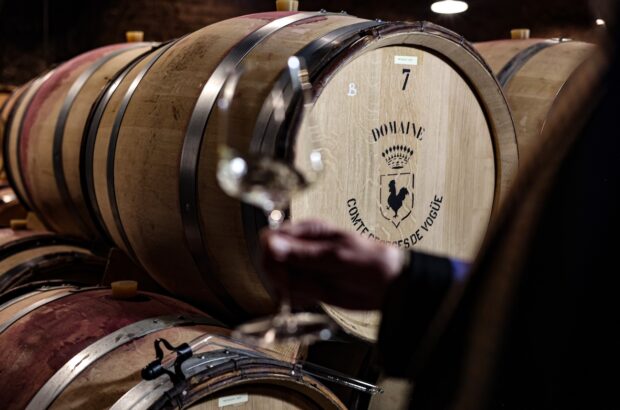The wines from Chianti Rùfina, a unique, high-quality sub-region of the greater Chianti area, are overshadowed by those of its larger brother, Chianti Classico. Now, Rùfina producers are striving to change that with Terraelectae, a category of wines that will sit at the pinnacle of the Chianti Rùfina quality pyramid.
Each producer – there are only about 20 of them in all of Chianti Rùfina – will be able to designate a single-vineyard wine made entirely from Sangiovese as ‘Terraelectae’ and will label it with that moniker in addition to the name of the vineyard.
This contrasts with Chianti Classico’s Gran Selezione, a category created about a decade ago to highlight the DOCG’s top wines. Gran Selezione must come from a producer’s own vineyards but are not required to be made exclusively from Sangiovese, nor come from a single vineyard.
Terraelectae regulations
Terraelectae wines must be Riserva, have a maximum yield of 70 quintals/ha, contain at least 12.5% alcohol, and be aged for at least 30 months, at least 18 of which must be in oak barrels and at least six months in bottle. The concept is unusual because producers themselves, not a governmental body, are setting the regulations and overseeing the quality and character of the wines (the producers of Buttafuoco Storico in Oltrepò rely on a similar concept of self-regulation).
The wines from Chianti Rùfina are distinct from those of Chianti Classico thanks to its higher elevation and more rugged topography, both which contribute to its cooler climate. Gerardo Gondi of Tenuta Bossi, one of the region’s leading estates, describes them as ‘mountain Chianti’.
Chianti Rùfina, despite producing enticingly savoury wines, always fights for a place at the table. Chianti Classico produces at least ten times as much wine from 15 times as many producers. Habitually confused with Chianti producer, Ruffino, the Rùfina consorzio placed an accent on the ‘u’ in the 1970s to try to convince even the Italians how to pronounce it.
Eventually, Chianti Rùfina producers hope that the Terraelectae wines will combat their underrated status and propel them into the top echelons of Tuscan DOCGs, such as Brunello di Montalcino.
For the initiation of this project, 10 producers designated a 2018 Chianti Rùfina as Terraelectae. The wines first were certified as DOCG Chianti Rùfina by Italian wine regulators. Next, the candidate wines were tasted by an outside consultant, Gabriele Gorelli, Italy’s first and only Master of Wine. Then, a group of Chianti Rùfina producers themselves tasted the wines to assert that they conform to a standard character and quality. Only then were the wines allowed to sport Terraelectae on the label.
It was clear from my discussions that some producers who submitted wines were asked to wait a year or two, presumably to refine quality, before being allowed to use the Terraelectae designation. Three additional producers are set to declare a wine as Terraelectae for the 2019 vintage.
The key to success of the Terraelectae project will be whether, as a group, the wines continue to remain top-notch and continue to display a common theme. Whether the self-policing by producers will work in the long term to ensure that this occurs remains to be seen.
9/12/22 Updated number of producers releasing a 2018 Terraelectae to 10, based on new information







